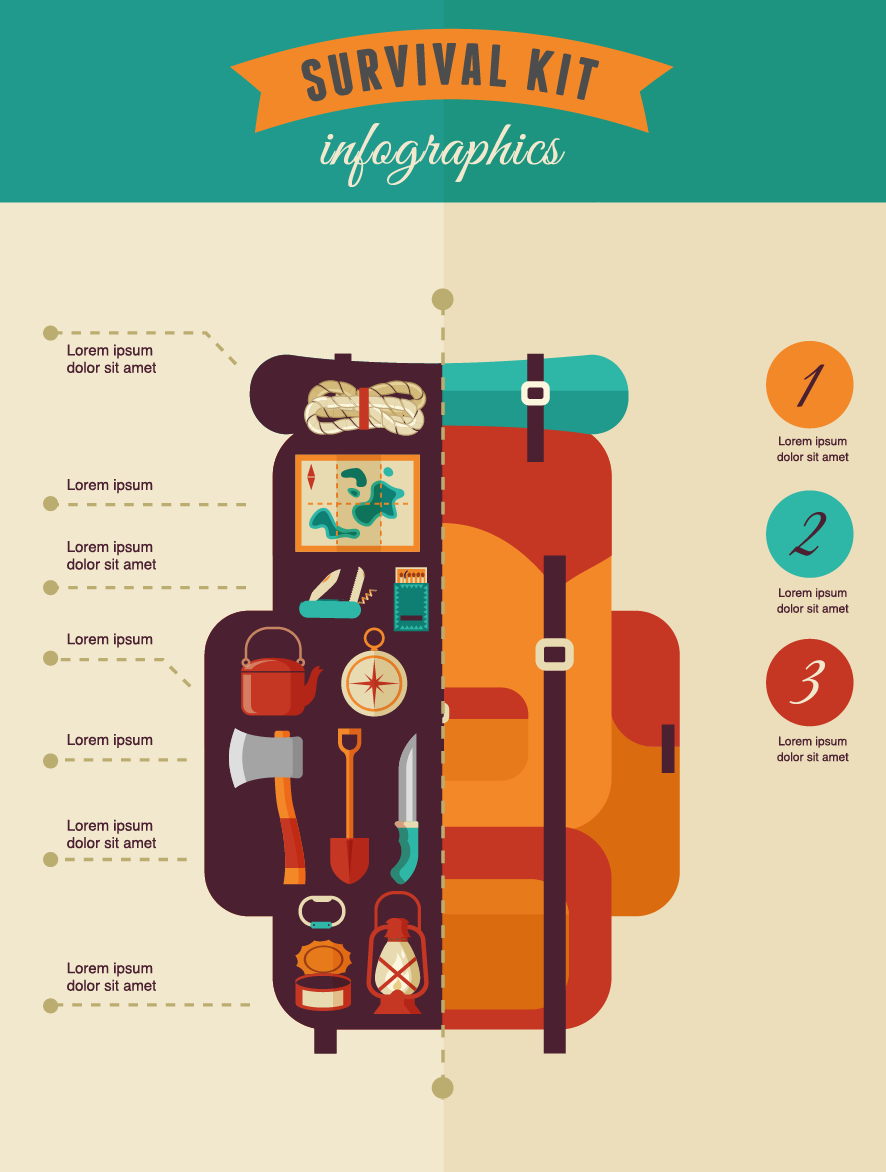Selling Camping Tents Online Is The New Hot Profit Venture Trend
Selling Camping Tents Online Is The New Hot Profit Venture Trend
Blog Article
Just How Essential Are Outdoor Tents Footprints/Ground Cover?
Tent footprints are a wonderful way to secure your tent floor from abrasions and prolong its practical life. Mostly all gear producers use their very own brand-specific footprints that are developed to match their specific tent designs.
How do you go camping at glamping?
This customized technique provides convenience of configuration and minimizes the threat of rainwater seeping in through the joints.
What are they?
Tent impacts (additionally referred to as outdoor tents ground sheets or under camping tent pads) provide a layer of defense between the base of your tent and the exterior environment. They shield your outdoor tents from sharp objects, dampness, and rough surfaces.
Most outdoor tents producers supply their own well-known impacts developed to fit flawlessly with their marked shelter designs. However, these are typically costly and relatively hefty compared to DIY choices like Polycryo or Tyvek.
Footprints are commonly made from resilient, water resistant products such as polyurethane, nylon or silnylon. For ultralight backpackers looking for to lessen pack weight, there are likewise light-weight, high-strength choices made from Cuben Fiber (Dyneema). It is necessary to choose an impact that's somewhat smaller than your tent to stop rain from trickling down the sides of your sanctuary and funneling below you while you rest-- no one intends to wake up in a pool! A footprint is a worthwhile addition to any kind of outdoor camping trip. It helps ensure a lengthy lifespan for your tent while including comfort and satisfaction.
Exactly how important are they?
Outdoor tents impacts safeguard the base of your tent from abrasion and dampness, helping to expand its lifespan. They're generally made of water-proof and dirt-resistant materials like polyethylene or a lightweight oxford polyester, though the denier of the textile will differ (the higher the denier number, the thicker and burlier).
A lot of impacts are made to specifically match the form of your outdoor tents's flooring, which helps minimize product waste. Several have grommets or loops whereby you can weave guylines for tension and stakes, making sure that the impact is firmly held back.
If you camp in harsh terrain or areas where there's a lot of downed branches and sharp rocks, a camping tent impact is well worth the added weight and bulk. However if you frequently camp in dry, sandy or rocky conditions, an impact might be overkill. A tarpaulin is a far better option in that instance.
Do you typically pack one?
If you're camping on an extremely flat surface area where rocks and sticks aren't a problem, an outdoor tents footprint possibly isn't required. If you are in the backcountry with a great deal of harsh surface, a footprint can make life much easier.
Impacts are typically sized a little smaller than the base of the camping tent. That's due to the fact that a larger impact would certainly capture rainfall and funnel it under the camping tent, where you might get up in a pool.
Nonetheless, impacts can be pricey and hefty if you purchase one from the maker of your camping tent (the Big Agnes Tiger Wall surface UL 2 durable tent solutions for events impact, as an example, sets you back $70 and weighs six ounces). You can save cash and weight by making your own DIY impact by reducing a piece of Tyvek or other water resistant material to the exact dimensions of your sanctuary. You can also add grommets for easy accessory. The main benefit of an impact is that it assists to secure the floor of your backpacking tent from abrasive components such as rocks and branches.
Exactly how do you maintain them clean up?
A maker's footprint can add significant weight to your shelter system and if you're an ultralight backpacker trying to save every ounce, it could not deserve it. Because of this, several backpackers will make use of a DIY groundsheet that's made out of something like Tyvek or Polycryo and cut it to dimension for their camping tent footprint.
This option is relatively inexpensive and will secure your camping tent from moisture, rocks, thorns, sticks, and so on, while additionally assisting to keep the bottom of your outdoor tents completely dry.
If you do make a decision to buy an impact, make sure it's designed especially for your certain tent as this will certainly help in reducing water pooling around the sides of your sanctuary. For instance, if your tent impact is as well big and extends past the side of your rainfly, it will collect rainfall which can seep into lighter-weight camping tents and potentially wear down the floor. Make sure it fits your outdoor tents rather comfortably to avoid this.
Is a tent necessary for camping?
